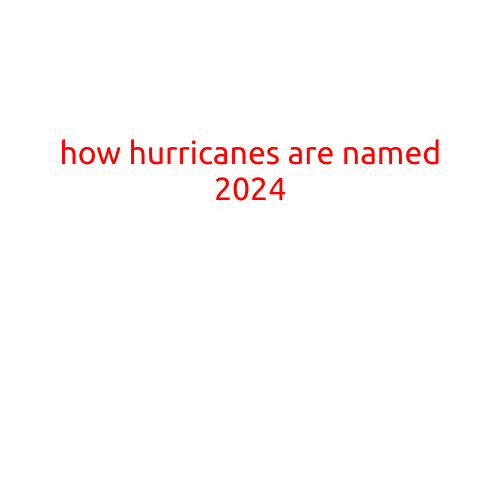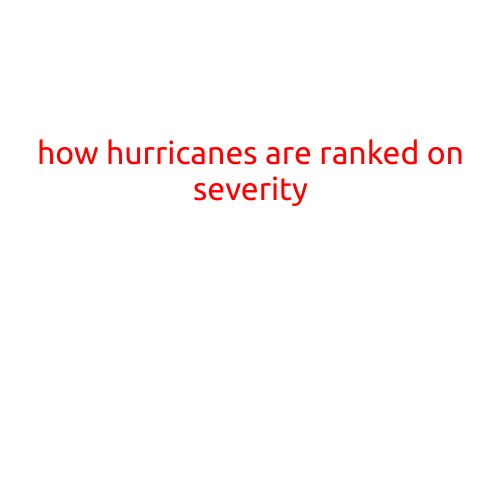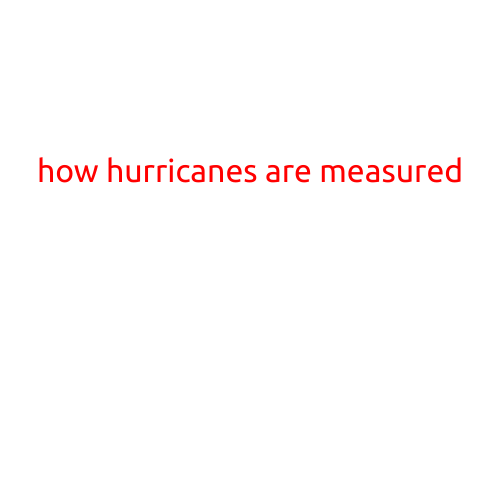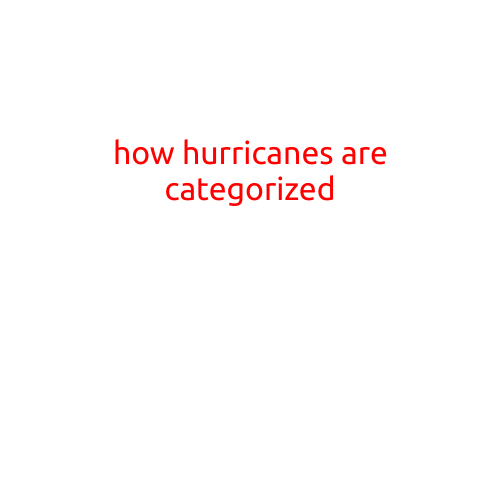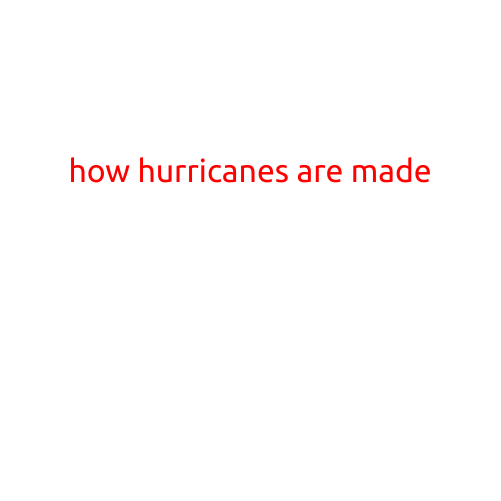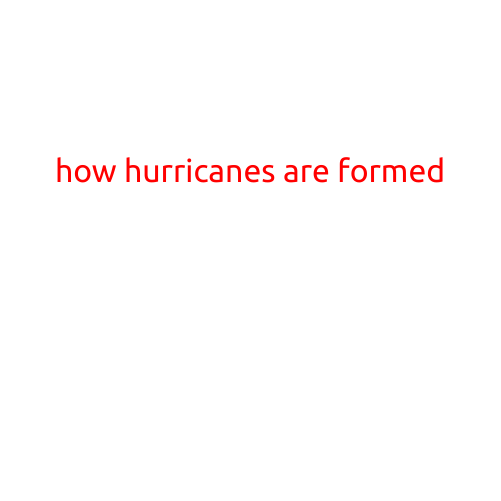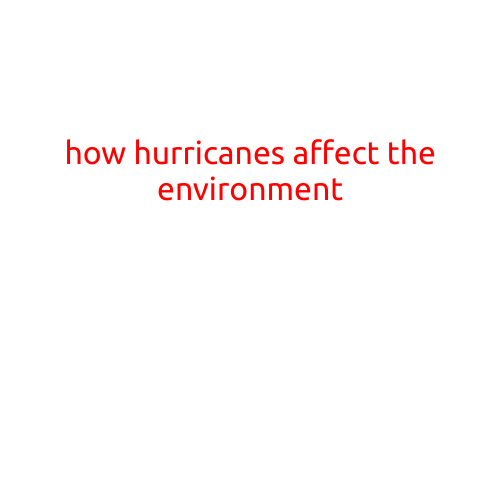
How Hurricanes Affect the Environment
Hurricanes are powerful tropical cyclones that can have a significant impact on the environment, causing widespread destruction and altering ecosystems. These storms can bring heavy rainfall, strong winds, and storm surges that can affect not only human populations but also the natural environment. In this article, we’ll explore how hurricanes affect the environment and the long-term consequences they can have on our planet.
Rainfall and Flooding
Hurricanes are known for bringing heavy rainfall, which can lead to flooding and damage to ecosystems. The rain can overwhelm rivers and streams, causing them to overflow and spread contaminants into the air and water. This can have devastating consequences for surrounding ecosystems, including the loss of habitats, displacement of wildlife, and the spread of diseases.
For example, Hurricane Harvey, which struck Texas in 2017, dumped almost 60 inches of rain in some areas, causing widespread flooding and damage to habitats. The storm also released pollutants into the air and water, leading to concerns about the impact on local wildlife and human health.
Wind and Storm Surge
The strong winds and storm surges associated with hurricanes can cause even more destruction to the environment. Strong winds can knock down trees, destroying habitats and disrupting the food chain. Storm surges can also cause coastal erosion, destroy coastal ecosystems, and flood low-lying areas.
For example, Hurricane Katrina, which struck the Gulf Coast in 2005, caused widespread destruction and flooding along the Mississippi River Delta. The storm surge destroyed wetlands, marshes, and mangrove forests, which are crucial habitats for many species of fish and birds.
Impact on Marine Ecosystems
Hurricanes can also have a significant impact on marine ecosystems. The storm surge and strong winds can disrupt the food chain, causing fish to disappear and shellfish to die. The algal blooms that often follow hurricanes can also damage coral reefs and affect the health of marine animals.
For example, Hurricane Irma, which struck Florida in 2017, caused widespread damage to the state’s coral reefs. The storm surge and strong winds damaged the coral, killing many of the fish and invertebrates that rely on it for food and shelter.
Long-Term Consequences
Hurricanes can also have long-term consequences for the environment. The destruction caused by hurricanes can lead to changes in the landscape, such as the creation of new habitats and the disruption of migration patterns. In addition, the altered ecosystems can lead to changes in the distribution of species and the loss of biodiversity.
For example, the aftermath of Hurricane Maria, which struck Puerto Rico in 2017, has led to significant changes in the island’s ecosystems. The destruction of forests and the loss of habitats has led to a decline in the population of many species of birds and animals.
Conclusion
Hurricanes are powerful natural disasters that can have a significant impact on the environment. The rainfall, wind, and storm surge associated with hurricanes can destroy habitats, disrupt ecosystems, and affect the health of both humans and wildlife. In this article, we’ve explored the various ways in which hurricanes affect the environment, from flooding and erosion to changes in the food chain and loss of biodiversity. By understanding these impacts, we can better prepare for and respond to hurricanes, and work to mitigate their effects on our planet.
